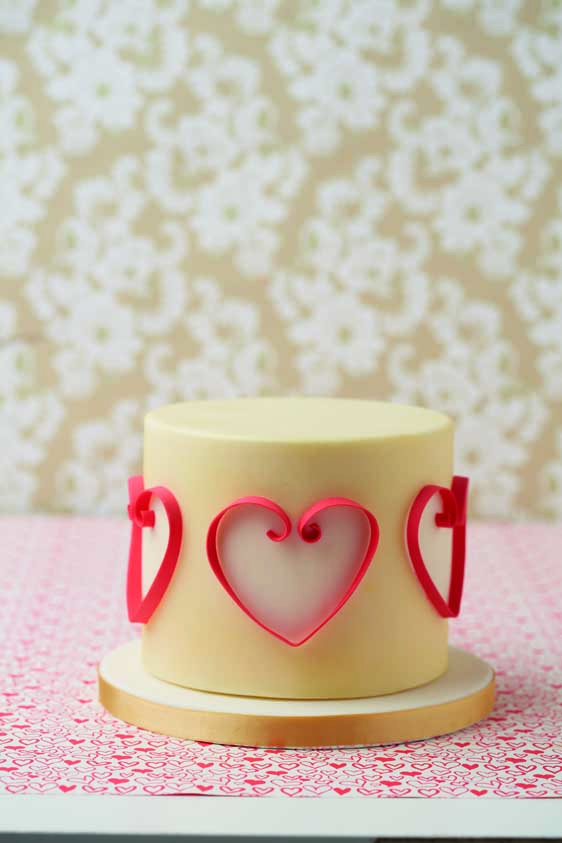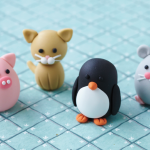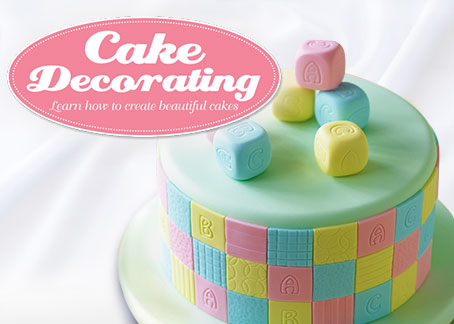
Nearly Naked Cakes continue to top the cake decorating charts, and with good reason: they have a fantastically perfect balance of cake to icing ratio. This is something many other designs fail to achieve. However, there are some crucial factors you need to consider when creating a nearly naked cake:
- Your Spatula is Your Friend: You need to be confident decorating with a spatula to get naked cakes to work best. The pliable straight edge is what creates that nearly naked sharp edge. For a nearly naked cake to work smooth edges are essential.
- Know Your Limitations: They may look simple but nearly naked cakes can be incredibly tricky to perfect. Therefore start with a minimal number of layers and practice. After all, there’s nowhere to hide in a nearly naked cake.
- Give Thought to Structure: Nearly naked cakes require unwavering structure. Whereas thicker frosting can help you out if your cake is a little wonky or uneven, or even broken, you don’t have that benefit. So use a tried and tested recipe which creates a light yet firm cake. Chill it before decorating and the task will be easier.
There are a number of designs which lend themselves to nearly naked frosting:
- Ombre Layers: Using gel colouring to gradually differentiate think layers, and indeed using a high number of layers, is particularly effective in a nearly naked cake.
- Not Quite Naked: If you need to cover up a structural problem, or you simply want the decorations to stand out, you can opt for a nearly naked base and then more heavily decorate just the top, or one side.
- Floral: Nearly naked cakes work great with some simple flowers – the simplicity of both natural elements just works.
- Chocolate: Using chocolate sponge with light frosting delivers a contrasting naked cake that you just want to dive in to.
Have fun, go slowly, and think through the elements of your design first.




